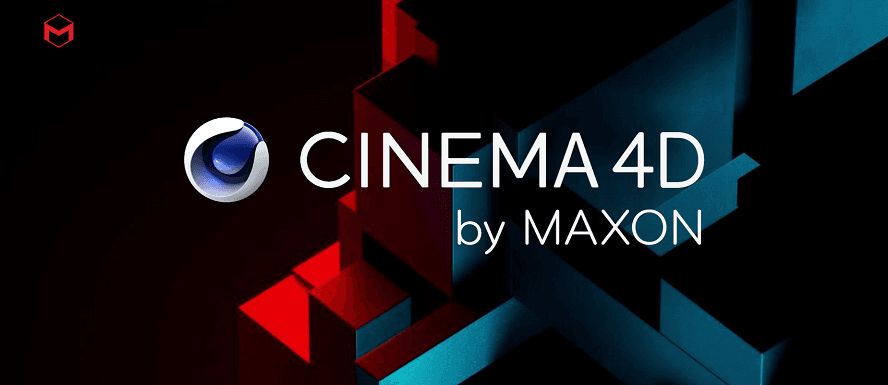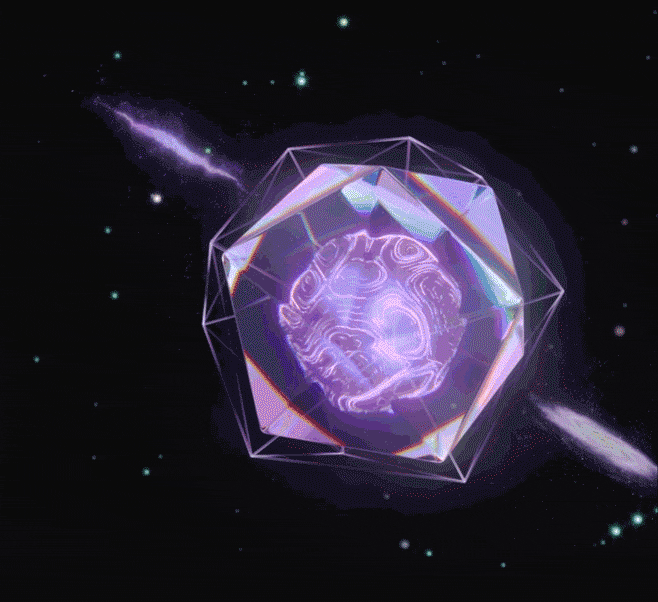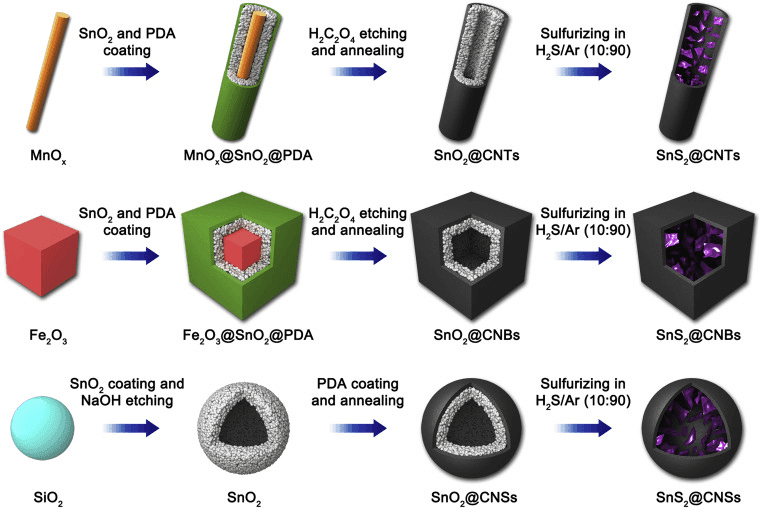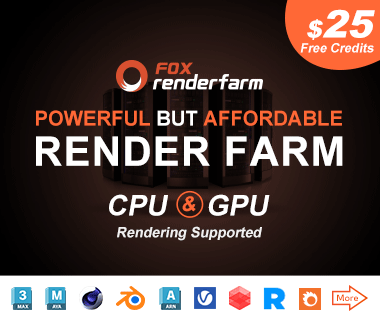Cinema 4D Tutorial: Three Ways to Create Pixel Art

When it comes to pixel art, what can you think of? Minecraft pixel art? The pixel art can be said to be enduring and is loved by many people. So how do you convert a 3D model into a pixel art? The best CPU & GPU render farm service provider, Fox Renderfarm, will share with you how to use Cinema 4D to create pixel art with three methods.
Three Methods to Create Pixel Art Using Cinema 4D
1. The first method:
The production of pixel art is actually very simple. You can directly use the clone function of Cinema 4D to make them. As shown, a built-in model is used.

Create a new cube and reduce its size. Of course, this cube can also be a ball or other shape (depending on the shape you want):

Set the new clone object as a clone cube, clone mode as the object, and then clone the model as the object:

Rearrange the clones, change the distribution to surface or volume, and then you can control the number of cubes by changing the number.
However, this method is not very convenient, for example, too many clones will cause software to freeze, and the cubes may also be interspersed.

If you want to avoid interspersion, you can add a push effect, but the effect is limited.

So you can use another method, first use the clone object to clone the cube, the clone mode is mesh clone, adjust the size and number, so that the cube just wraps the model:

Then add a volume effect to the clone object and let the model be the volume object of the volume effect:

Select visible in the parameter panel:

This method is obviously better than making clones directly, but it is still not very convenient, and it will still be stuck if the number is large:

2. The second method:
Use the Scatter function of the Octane for Cinema 4D. This function is very similar to the built-in clone effect, but it will be much faster.
As shown, open Octane renderer, create a new Scatter, make the cube a subset of Scatter, and drag the model below Surface:

Scatter is very simple to use, but when the model is pixelated, its final effect is not as good as the previous method.
But Scatter also has unique features. First, it is faster than the previous method. Second, you can also use vertex maps or use a post map for pixelated production:

For example, make a cube a subset of Scatter, and drag a plane to the surface field of Scatter:

Then put a texture on the shading to control the display range of the cube. Of course, the position, scaling, and rotation can also be controlled by the texture:

You can also create a new shader and also paste the texture. Cancel the Alpha intensity, position, scale, and rotation:

Place the shader in the Effectors field of Scatter, you will find that the color in the window has changed, but there is still no response in the Octane preview box:

Then create a new Octane shader to Scatter, then in the shader's node editor, create a new Instance Color node, link to the diffuse channel, change the source to particles, and drag Scatter to the source panel so that the color is displayed Out:

In general, Octane's Scatter function is used to make pixel effects, with high controllability and fast, and smooth playback. The disadvantage is that the effect of converting the model to pixels is not very good.
3. The third method:
Use the plugin Tools4D Voxgen. This plug-in makes it easy to pixelate the model, while supporting effects, and it is more streamlined than the first way.
First, draw a shape with AI and save it as AI8. After importing, it is like this spline: add extrusion, extrude thickness.

Add a pixel plug-in to the model and change the display mode to light and shaded lines. You can see that the model has become pixelated. You can modify the size of the blocks below. The default is good so that there is an offset space between the blocks:

Create a new pipe and plane add plugin to offset the small squares. The next step is to add an effect to the plugin to make the blocks more random:

What we need is that some small squares have an effect, and some small squares do not have an effect. You can cancel the scaling, and then increase the value of the weight transformation, and then add a random effect to the plane that affects vertical scaling. Modify the maximum of the random effect. Value and minimum, all models perform the same operation.

You can also create a new random effect again to further control the local changes of the object, as well as the pipeline. The flat parts are made using facets that can be made one by one.

The material is very simple. It is two reflective materials, and then adds a bit of roughness. Create a new HDR ambient light for lighting, adjust the other lights to yellow, and then use the camera to fix the angle of view.
The new clone object is used to clone the light. The middle coin is used as the object for cloning. The clone is not arranged. The light is placed above the object by changing the position, and then the ambient light is turned off. Then adjust the size, shape, and number of lights,

You can add two more lights to avoid black parts in the scene.

After Fox Renderfarm's explanation, you now know how to create pixel art with 3D models. Fox Renderfarm has always been the industry's leading cloud rendering service provider and continues to bring you the latest news about 3D art! Thanks for reading!
Recommended reading
Top 9 Best And Free Blender Render Farms of 2025
2024-12-30
Revealing the Techniques Behind the Production of Jibaro "Love, Death & Robots", Which Took Two Years to Draw the Storyboard
2025-02-10
Top 10 Free And Best Cloud Rendering Services in 2025
2025-03-03
Top 8 After Effects Render Farm Recommended of 2025
2025-02-10
Top 5 Best and Free 3d Rendering Software 2025
2025-02-10
Shocked! The Secret Behind Using 3D to Make 2D Animation was Revealed!
2025-02-10
How to Render High-quality Images in Blender
2024-12-04
Easy Cel Shading Tutorial for Cartoon in Blender Within 2 Minutes
2025-02-10
Partners
Previous: The Production And Rendering Process Of Office Building' s Night Scene
Next: A Sharing of the Process of Copying the Scenes of Uncharted: The Lost Legacy
Interested






